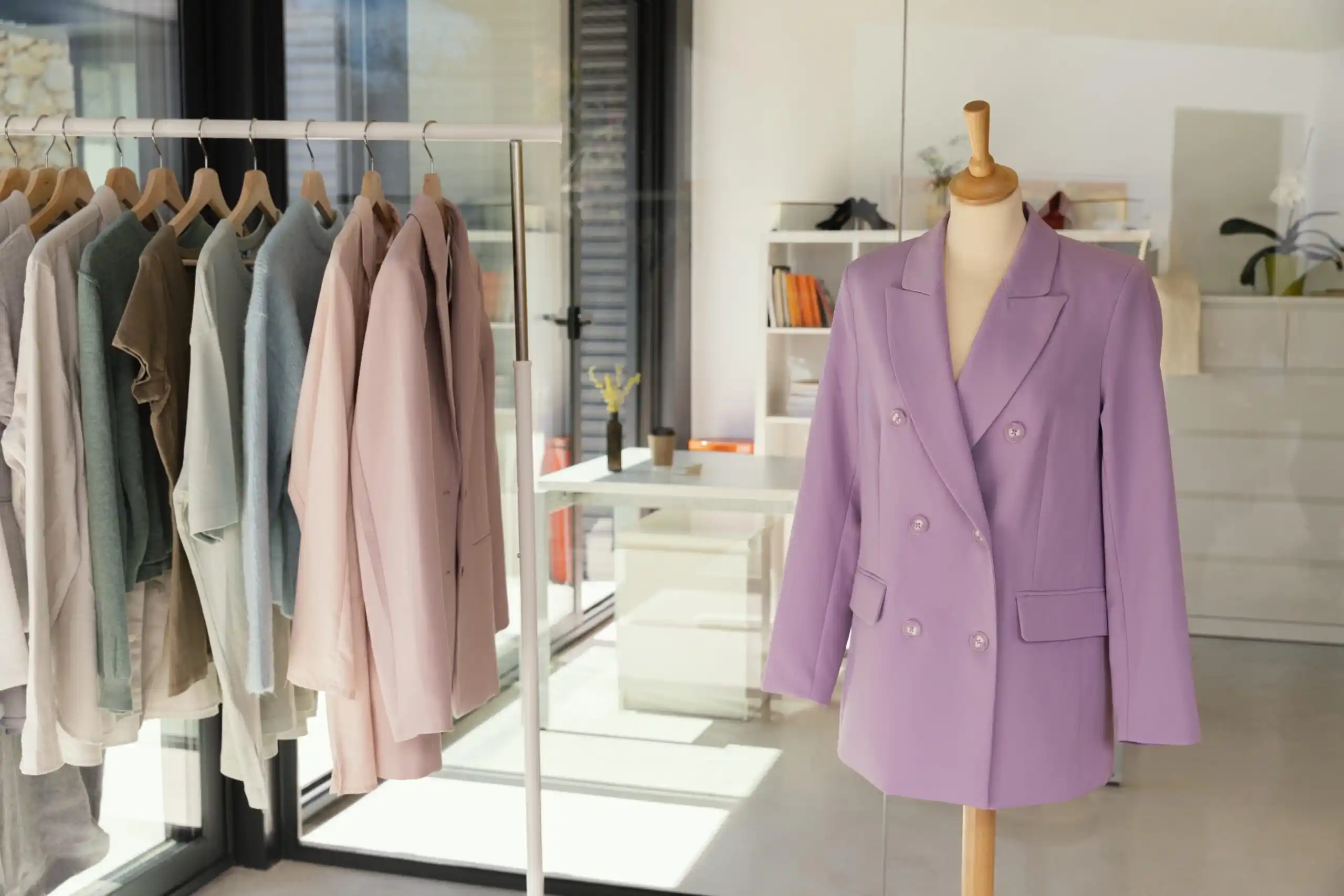The Psychology of Shopping and the concept of rational decision-making are contested by behavioral science, which significantly impacts visual merchandising (VM) and retail. An efficient virtual machine that stands out from the clutter is more important as customer attention spans get shorter. Although a lot of data is available for online commerce, offline merchandising still significantly depends on qualitative insights.
With good reason, behavioral science has experienced tremendous success recently. The previously prevalent model, which portrayed perfectly rational people as having access to and the intention to obtain all available information and as making totally logical decisions in both the market and the voting booth, was somewhat at odds with reality.
Serving reminders is perhaps the easiest—or perhaps crudest—role behavioral science plays in the retail setting. The more important storytelling happens on TV, OTT platforms, and social media, among other places. Here is where the customer should form a perception, which in turn leads to a transaction in the retail environment. For the foreseeable future, visual merchandising at retail locations will mostly serve as a support medium, although becoming increasingly dynamic and complex.
Spending on visual merchandising is considered a media expense by certain companies. This strategy reminds me of the earlier days when media strategists would set aside a portion of principal expenditures (usually TV) for print and radio. Compared to the other prevalent viewpoint, which considers such expenditure as required just because it has always been done, this viewpoint is more constructive.
This less progressive viewpoint holds that the commerce is the main recipient of visual merchandising (VM) messaging, with the aim of evoking a sense of scale. Sadly, this is the more prominent viewpoint, which causes VM to deviate from the brand’s messaging. This generation has not yet embraced behavioral science’s discoveries.
In visual merchandising, the issues of adhering to or drawing inspiration from core brand messaging mostly concern the content of the communication. There is more behavioral science involved in terms of form. The obvious difficulty lies in selecting elements that stand out in a cluttered design. Because cellphones are so common, clutter is growing even as people’s attention spans are getting shorter.
This has been widely addressed. Clearing clutter necessitates constant updating of components, which highlights a number of new behavioral science ideas. The superset of available alternatives is always expanding. Consequently, in order to make informed decisions, a retail marketer frequently needs to be a skilled ethnographer, spending time in retail settings to add a qualitative dimension to continuity and sales data analysis.
When it comes to customer flow analysis, however, things are a little bit easier. In terms of type and deployment angle, an element intended to promote walk-ins differs greatly from one intended to facilitate conversion under the presumption that the client is already “in.” Of course, research is helpful. Research that records how many people turn left or right, assuming that everything else is equal, needs to be carefully placed over the observed reality of a specific store, where everything is not equal.
Form and substance are, of course, determined by categorization. Creating interest in a category that has high engagement, like smartphone demo units, is not the same as creating interest in an impulse category, like chewing gum countertop displays. Certain categories are more immersive than others, and real goods like clothing might make better use of the constrained area at a point of sale.
Is there a universal theory of VM that behavioral science can provide?
It’s an intriguing idea, and the pursuit grew more intense following Richard Thaler’s 2017 Nobel Prize victory. This is strongly similar to Thaler’s well-known “urinal fly” notion, which motivates people to carry out a desired action. Still a ways off, though, is creating a corresponding theory to persuade consumers to buy at a point of sale.
The resources that organizations and academic institutions can devote to solving problems are getting harder to come by as e-commerce grows. Compared to physical purchasing, online commerce creates significantly more customer data each transaction (recording retinal responses to displays in the grocery aisle excluded). Therefore, it is not a fair competition.
For the purpose of choosing and deploying virtual machine assets, the discipline still need a great deal of particular attention, even though more offline business is conducted through retail locations that are more “templatised” or “standardized.” Ironically, then, behavioral science elevates visual commerce to the status of craft rather than science!
